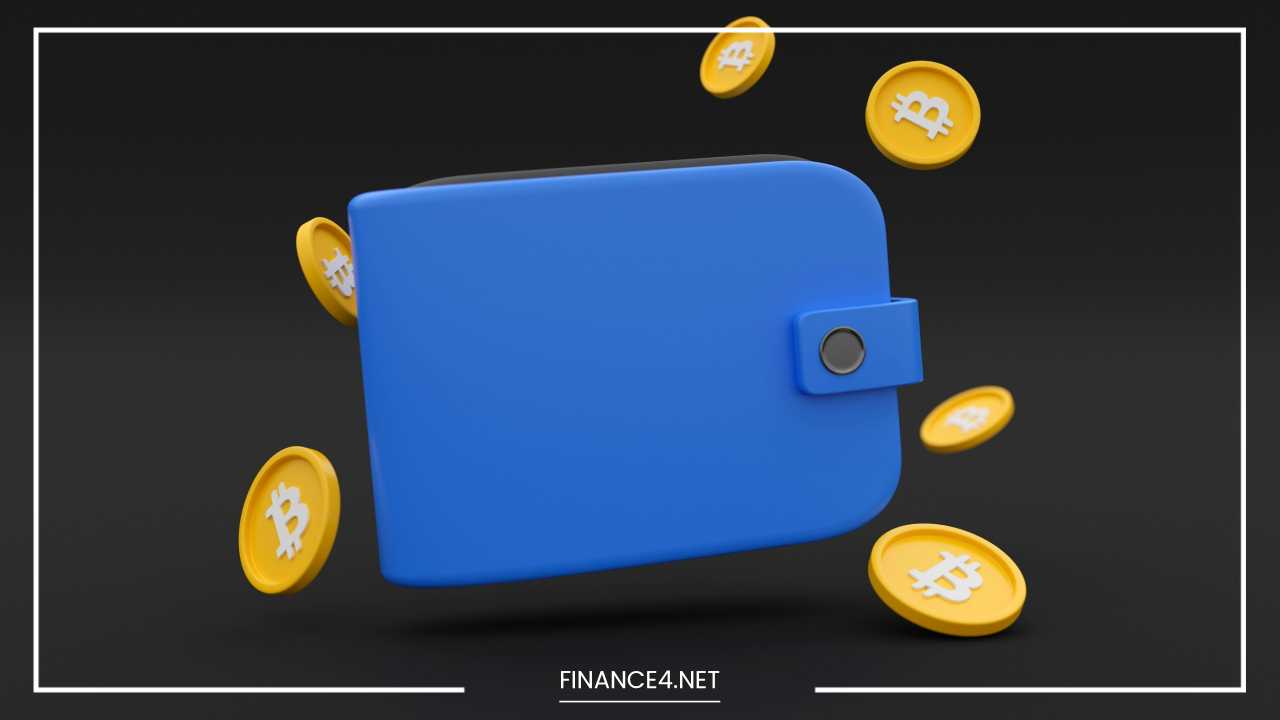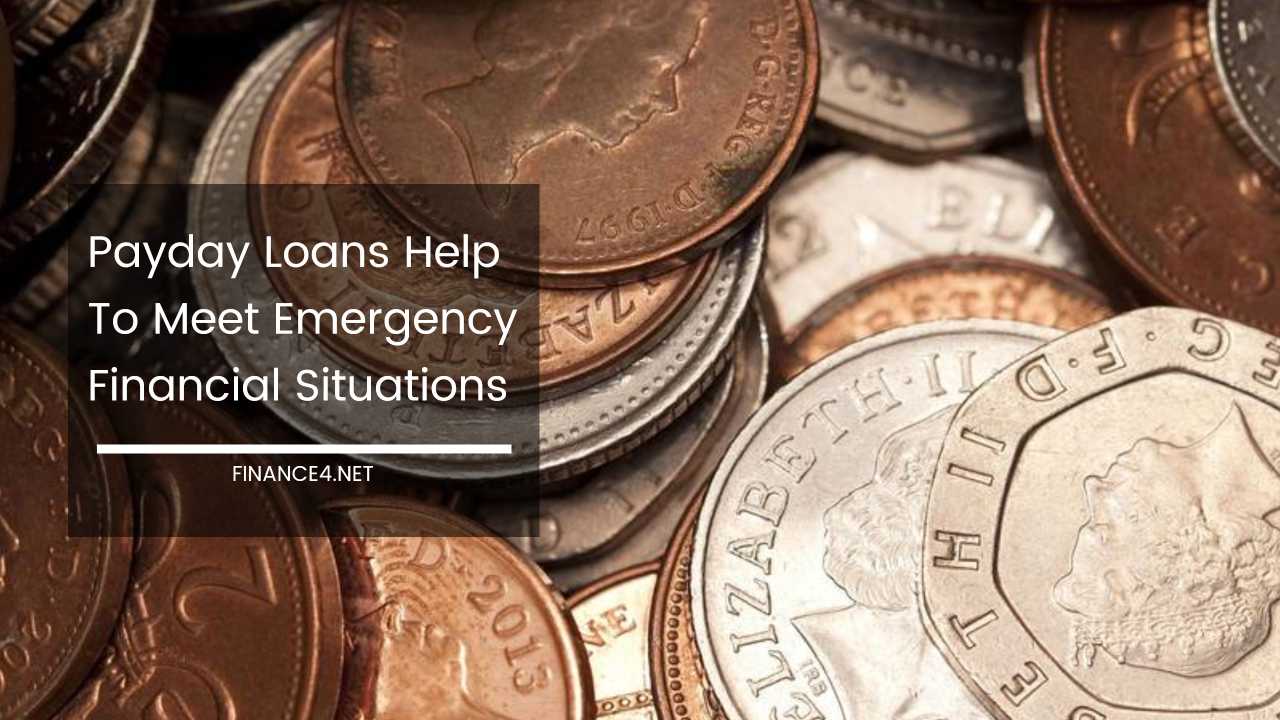How to Create a Crypto Wallet

Crypto Wallet
How to Create a Crypto Wallet: A Comprehensive Step-by-Step Guide
Cryptocurrencies have revolutionized the way we think about finance, offering unprecedented opportunities for investment, transactions, and financial freedom. However, as with any financial system, securing your assets is crucial.
A crypto wallet is your gateway to managing and protecting your digital currencies. This guide will walk you through everything you need to know to create a crypto wallet, ensuring you can confidently navigate the world of digital assets.
Understanding Crypto Wallets
Before diving into the creation process, it’s essential to grasp the concept of a crypto wallet. A crypto wallet is not a physical object but a digital tool designed to store, send, and receive cryptocurrencies.
The key function of a crypto wallet is to manage the private keys that give you access to your cryptocurrencies on the blockchain.
What is a Private Key?
A private key is a unique string of characters that serves as a secret code allowing you to access and manage your cryptocurrency holdings. In essence, it functions as a digital signature to verify your ownership of the assets.
Think of it as a combination lock that only you should have the code to. Protecting this key is crucial, as anyone with access to it can potentially access and control your funds.
Public vs. Private Keys
To understand the importance of private keys, it’s helpful to know about public keys. A public key is derived from your private key and is used to receive funds.
It’s like your bank account number, which you can share with others to receive money. The private key, however, should remain confidential and secure, as it’s used to sign transactions and prove ownership.
Types of Crypto Wallets
Crypto wallets come in various forms, each suited to different needs and preferences. They are broadly categorized into two main types: hot wallets and cold wallets. Understanding these types will help you choose the best option for your needs.
Hot Wallets
Hot wallets are connected to the internet, making them ideal for frequent transactions and easy access. They come with their advantages and drawbacks:
Types of Hot Wallets
- Mobile Wallets
- Description: Mobile wallets are apps you download onto your smartphone. They offer convenience for managing and transacting with cryptocurrencies on the go.
- Examples: Trust Wallet, Mycelium, and Coinomi.
- Pros: User-friendly, accessible anywhere, and often support a variety of cryptocurrencies.
- Cons: Vulnerable to malware and hacking due to internet connectivity.
- Web Wallets
- Description: Web wallets are accessible through a web browser. They are convenient for accessing your funds from any device with an internet connection.
- Examples: MetaMask, Blockchain.com, and MyEtherWallet.
- Pros: Easy access and use, often integrated with other services like decentralized exchanges.
- Cons: Higher risk of phishing attacks and potential server-side vulnerabilities.
- Desktop Wallets
- Description: Desktop wallets are software applications installed on your computer. They offer a good balance between security and convenience.
- Examples: Electrum, Exodus, and Armory.
- Pros: Generally more secure than web wallets, support for multiple cryptocurrencies.
- Cons: Vulnerable to malware and viruses if your computer is compromised.
Cold Wallets
Cold wallets are not connected to the internet, providing a higher level of security. They are ideal for storing large amounts of cryptocurrency for the long term.
Types of Cold Wallets
- Hardware Wallets
- Description: Hardware wallets are physical devices that store your private keys offline. They are among the most secure options for managing cryptocurrency.
- Examples: Ledger Nano S, Ledger Nano X, Trezor Model T.
- Pros: High security, supports multiple cryptocurrencies, resistant to online attacks.
- Cons: Physical device required, can be costly.
- Paper Wallets
- Description: A paper wallet involves printing out your private key and public address. While it’s secure from online threats, it’s crucial to handle it with care.
- Examples: Generated using services like bitaddress.org or walletgenerator.net.
- Pros: Immune to online threats, free to create.
- Cons: Can be easily damaged, lost, or stolen; not practical for frequent transactions.
Choosing the Right Wallet
Selecting the right wallet depends on various factors, including security, convenience, and supported cryptocurrencies. Here’s a deeper dive into each consideration:
Security
Security is paramount, especially if you’re holding a significant amount of cryptocurrency. Cold wallets, such as hardware wallets, offer robust protection against online threats. They store your private keys offline, reducing the risk of hacking and phishing attacks.
Convenience
For frequent transactions, hot wallets are more convenient. They allow for quick access and transactions but are more vulnerable to online threats. If you frequently buy, sell, or use cryptocurrencies, a hot wallet might be the right choice. However, always weigh convenience against security.
Supported Cryptocurrencies
Different wallets support different cryptocurrencies. Ensure the wallet you choose supports the specific cryptocurrencies you intend to use. Some wallets are designed for a single type of cryptocurrency, while others, like multi-currency wallets, support a broad range of digital assets.
User Interface
The user interface can significantly impact your experience. A wallet with a user-friendly interface can simplify the management of your assets, making it easier to navigate and perform transactions. This is particularly important for beginners who might find complex interfaces overwhelming.
Step-by-Step Guide to Creating a Crypto Wallet
Creating a crypto wallet involves a series of steps, depending on whether you’re using a hot or cold wallet. Here’s a detailed guide to help you through the process:
1. Research and Choose a Wallet Provider
The first step in creating a crypto wallet is to research and select a reputable wallet provider. Here’s what to consider:
- Reputable Providers: Look for well-established and trusted wallet providers. Check reviews, verify their track record, and research any past security issues.
- Supported Cryptocurrencies: Ensure the wallet supports the cryptocurrencies you’re interested in. Some wallets support a wide range of digital assets, while others focus on specific ones.
- Security Features: Choose a provider that offers strong security features. Look for options like two-factor authentication (2FA), encryption, and secure backup options.
2. Download and Install the Wallet
The process of downloading and installing your wallet will vary depending on the type of wallet you choose:
Mobile Wallets
- Download the App: Visit the official app store for your mobile device (Google Play Store for Android or Apple App Store for iOS).
- Install: Download and install the app from the official source. Be cautious of imitation apps and ensure you’re downloading from a trusted source.
Desktop Wallets
- Download the Software: Go to the wallet provider’s official website and download the software compatible with your operating system (Windows, macOS, Linux).
- Install: Follow the installation instructions provided by the wallet provider. This may involve running an installer and setting up the application.
Hardware Wallets
- Unbox the Device: Carefully unbox your hardware wallet and ensure all components are present.
- Follow Instructions: Refer to the included instructions for setting up the device. This typically involves connecting it to your computer and installing any necessary software. Follow the manufacturer’s guide for initial setup and configuration.
3. Create a New Wallet
Once you’ve installed your wallet, you’ll need to create a new wallet. This involves generating and securing important credentials:
Seed Phrase
- Generation: During wallet setup, you’ll receive a seed phrase, which is a series of words that acts as a backup for your wallet. This phrase is crucial for recovering your wallet if you lose access.
- Write it Down: Write down the seed phrase on paper and store it in a secure location. Do not store it digitally, as this could be vulnerable to hacking. Keep multiple copies in different secure locations if possible.
Password
- Create a Strong Password: Choose a strong, unique password to protect your wallet. A strong password should include a mix of uppercase and lowercase letters, numbers, and special characters. Avoid using easily guessable passwords or personal information.
4. Fund Your Wallet
After creating your wallet, you’ll need to fund it to start using it for transactions:
Purchase Cryptocurrency
- Choose an Exchange: Purchase cryptocurrency from a reputable exchange. Popular exchanges include Coinbase, Binance, Kraken, and Gemini.
- Transfer to Wallet: Once you’ve purchased cryptocurrency, transfer it to your wallet address. This involves generating your wallet’s public address and using it to complete the transfer on the exchange platform.
Receive Funds
- Share Your Address: To receive cryptocurrency from others, share your wallet address with them. This address is a long string of alphanumeric characters specific to your wallet.
- Verify Transactions: Monitor your wallet to verify that the funds have been received. Most wallets will display transaction history and balances.
Important Security Tips
Ensuring the security of your crypto wallet is crucial to protecting your digital assets. Follow these best practices to enhance your wallet’s security:
Backup Your Seed Phrase
- Store Securely: Keep your seed phrase in a safe, secure location. Consider using a fireproof safe, safety deposit box, or other secure storage solutions.
- Never Share: Never share your seed phrase with anyone. This phrase is the key to accessing your funds, and anyone with access to it can potentially control your assets.
Enable 2FA
- Add Extra Layer: Enable two-factor authentication (2FA) for your wallet and associated accounts. This adds an extra layer of security by requiring a second form of verification, typically a code sent to your mobile device.
- Set Up 2FA: Follow the wallet provider’s instructions to set up 2FA. Most wallets support 2FA through authentication apps like Google Authenticator or Authy.
Be Wary of Phishing Scams
- Avoid Suspicious Links: Be cautious of phishing attempts. Do not click on suspicious links or enter sensitive information on untrusted websites.
- Verify Websites: Ensure you are on the official website of your wallet provider or exchange before entering login details or sensitive information. Check the URL for accuracy and use bookmarks for frequently visited sites.
Use Strong Passwords
- Create Complex Passwords: Use a combination of uppercase and lowercase letters, numbers, and special characters to create strong passwords. Avoid using easily guessable passwords or personal information.
- Password Management: Consider using a password manager to generate and store complex passwords securely.
Keep Your Wallet Software Updated
- Regular Updates: Regularly update your wallet software to benefit from the latest security patches and improvements. Developers frequently release updates to address vulnerabilities and enhance functionality.
- Check for Updates: Enable automatic updates if available, or regularly check the wallet provider’s website for the latest version.
Additional Considerations
Multi-Signature Wallets
Multi-signature wallets require multiple signatures (private keys) to authorize a transaction. This adds an extra layer of security, particularly useful for business accounts or high-value transactions.
Using Hardware Wallets with Multiple Devices
If you use multiple devices, ensure your hardware wallet is compatible with all your devices. Follow the manufacturer’s instructions for connecting and using the wallet with different devices securely.
Handling Lost or Stolen Wallets
If you lose access to your wallet or suspect it has been stolen, use your seed phrase to recover your wallet. Contact the wallet provider for support and follow their guidelines for reporting and recovering lost or stolen assets.
Staying Informed
The world of cryptocurrency is dynamic, with constant updates and changes. Stay informed about the latest security practices, updates to your wallet, and developments in the cryptocurrency space. Joining online communities and following reputable sources can help you stay up to date.
Final Thoughts
Creating a crypto wallet is a fundamental step in managing and securing your digital assets. By understanding the different types of wallets, choosing the right one for your needs, and following the detailed steps outlined in this guide, you can confidently navigate the world of cryptocurrency.
Prioritizing security, staying informed, and adhering to best practices will help you protect your assets and enjoy a seamless experience in the digital finance space.
With the right knowledge and precautions, you can harness the full potential of cryptocurrencies while safeguarding your investments.
Whether you’re a seasoned investor or new to the world of digital assets, understanding and managing your crypto wallet effectively is key to a secure and successful journey in the realm of cryptocurrencies.



